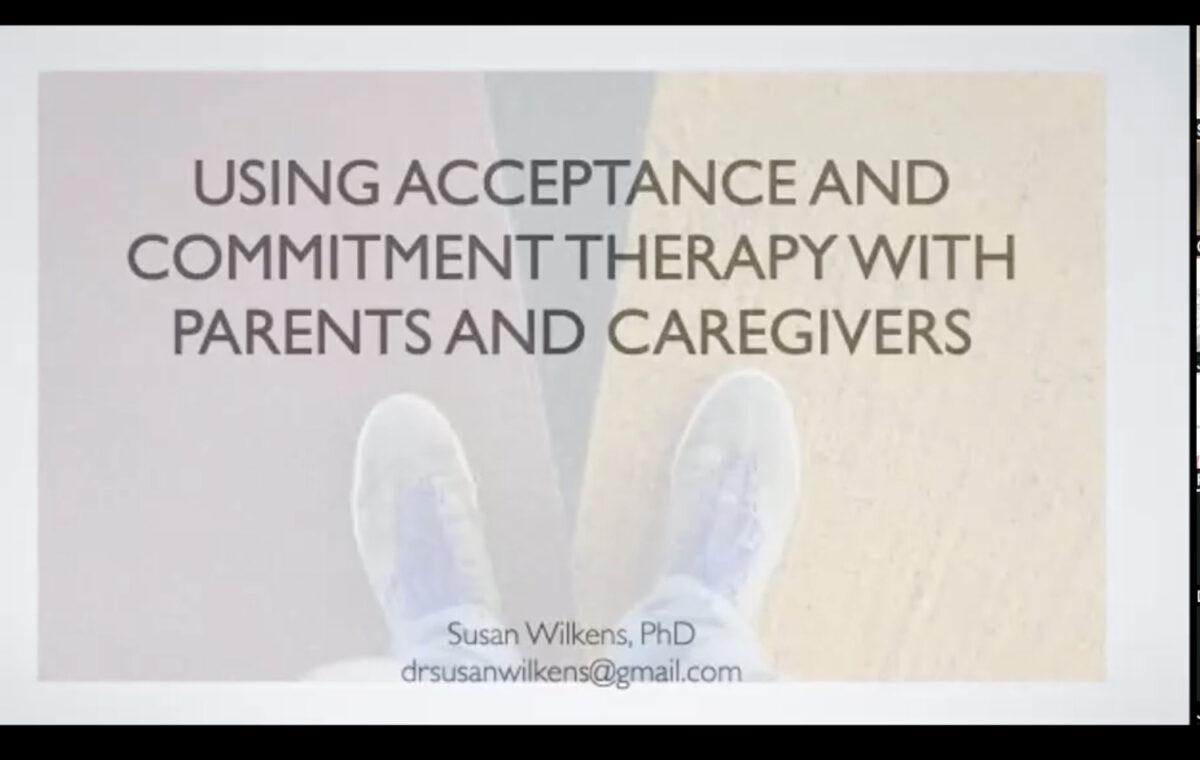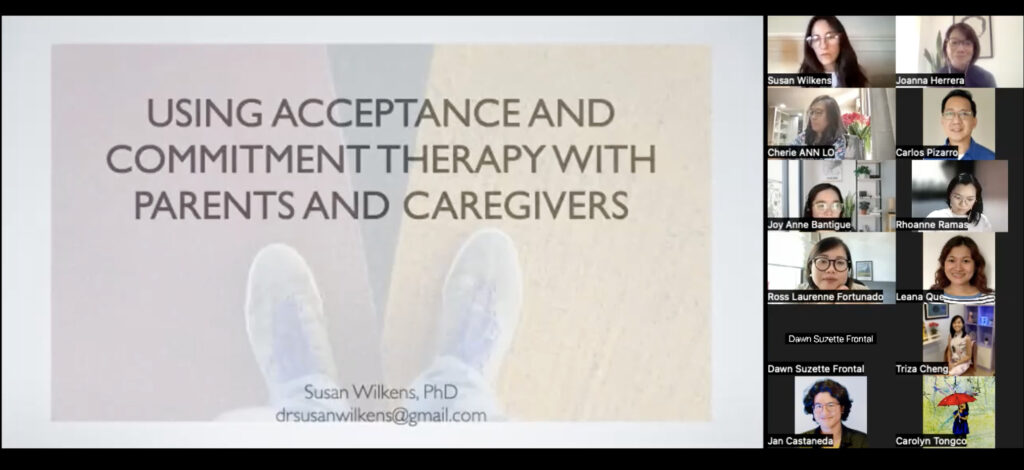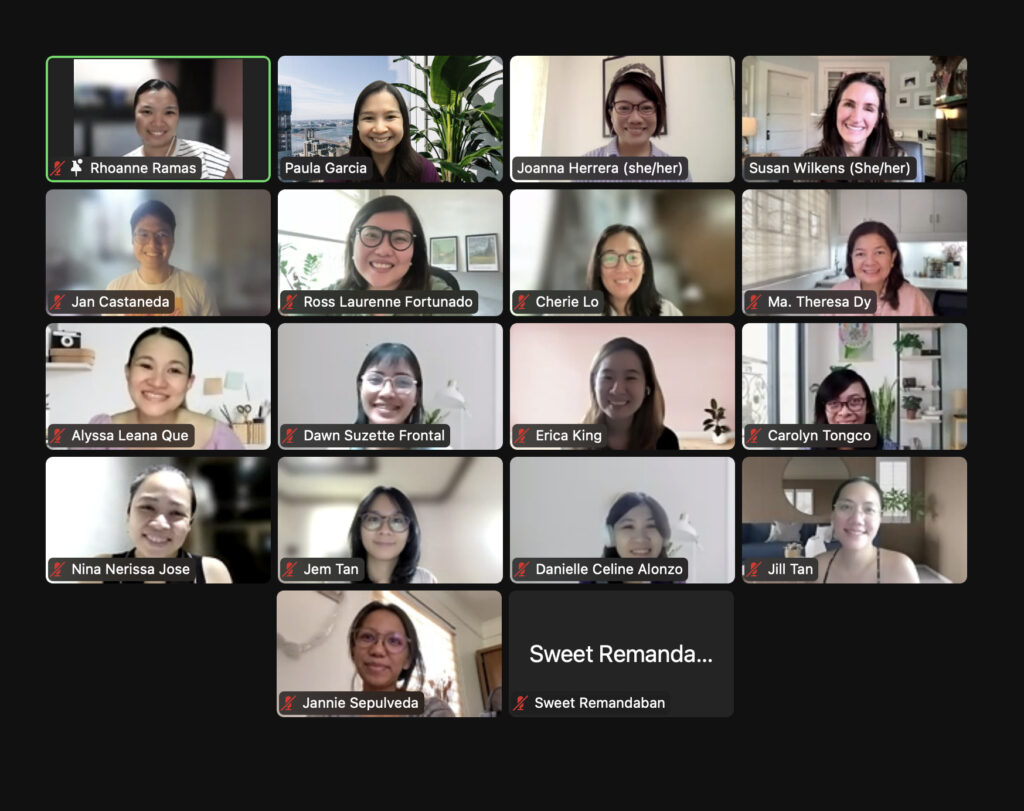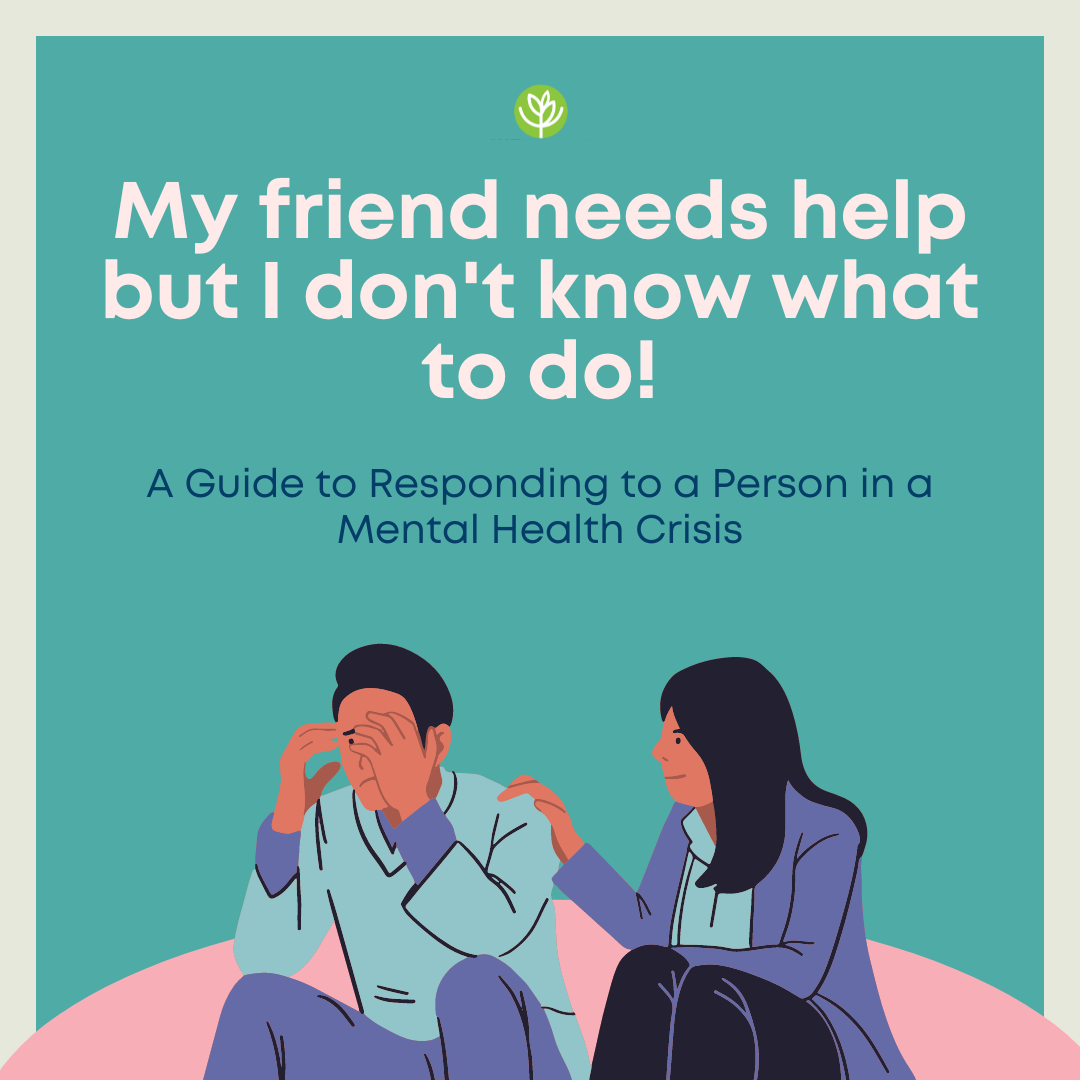“It’s important that you feel held.” These words of my clinical supervisor echo in my mind whenever I am in a helping process with someone in distress. And rightly so, for I received those words when I myself was going through distress – managing my first complex case as a starting psychotherapist. My client that time just experienced a terrible trauma and attempted suicide. They survived, thankfully, but I remember feeling overwhelmed, distressed over my client’s safety, and doubtful of my own efficacy. My clinical supervisor made space for me to share my inner process of working with this client; listening attentively, guiding with reflective questions, and, when necessary, sharing advice and her own experience as a beginning therapist. It was her generous sharing of both her technical expertise and compassionate presence that enabled me to replenish my reserves to support my client. Eventually, my client was able to find her path towards safety and thriving; and I also grew to be more competent and confident in my skills. That space became my concrete experience of the parallel process in therapy work; being made to feel held so that one can, in turn, also cultivate a safe holding space with clients and colleagues.
Beyond a space to experience the parallel process in therapy work, having mentoring relationships has been found to positively impact both the professional and personal life of a clinician. Mentoring is defined as “a personal and reciprocal relationship in which a more experienced professional acts as a guide, role model, teacher, and sponsor of a less experienced professional” (Johnson, 2017). Benefits of having a network of mentoring relationships include strengthening one’s clinical competence, self-confidence, and self-identity as a clinician, connections, and career opportunities. Studies show that those who receive mentoring tend to feel more committed to their profession, accelerate their professional development, access more opportunities, and may even earn more than those not receiving mentoring. In the sometimes isolating and emotionally taxing context of therapy work, being connected to a “constellation of mentors” can help nourish one’s socio-emotional well-being and replenish one’s compassion. And while getting a mentor can just happen organically, we can also be more intentional in cultivating our personal “board of mentors” with the following steps:
1. Reflecting on one’s development goals (professional and personal) and mentoring needs.
What is my personal and/or professional vision and mission? What are my values and goals? What skills, knowledge, or opportunities would support these?
Once these are clear, it’s easier to identify one’s mentoring needs. What kind of exposure, guidance, and role model would best support one’s goals? Mentoring relationships can range from more formal clinical supervision under structured training programs and academic mentoring, or more informal such as having coffee conversations with more proficient others. It can focus on seeking guidance regarding specific skills, current or future role, one’s profession. But it can also focus on non-work matters such as fitness, spirituality, financial proficiency, that support work-life balance and self-care. While early-career professionals profit the most from highly structured and technical supervision, mentoring relationships for mid-career professionals tend to grow less formal and more collegial peer coaching. These can be found in joining special interest organizations, networking with peers in events, or one’s informal network of professionals. Meanwhile, those in the advanced level of their career often take on the guiding role.
2. Reaching out to a potential mentor
While it may be daunting to proactively strike a relationship with a potential mentor, it can be affirming to know that mentoring relationships can also be rewarding for mentors. Evidence suggests that having mentees can feel fulfilling, generative, and re-energizing on the side of a more senior professional. Other challenges may be more logistical, such as challenges in availability, limited access to groups or programs providing mentoring, or limited local specialists in the area we would like to be mentored in. To these concerns, it may help to cast wide one’s net and list down all potential guides, as well as leveraging on technology and teleconferencing to access possible guides outside of one’s immediate location. Once the list is set, you can check out these tips and sample templates for reaching out to potential guides.
3. Reciprocal relationship building
Keeping the mentoring relationship warm and mutually rewarding is beneficial for all involved. In reality, many potential mentors already have busy schedules, so cultivating the attitude of a mentee that is a pleasure to guide and finding ways to contribute to a mentor’s goals can make the relationship more reciprocal. Mentors are found to gravitate towards a mentee who is proactive, strives for excellence, is open and responsive to feedback, collaborates with the mentor’s goals, and demonstrates commitment to growth.
Concrete ways to keep the engagement productive and reciprocal may include preparing well for mentorship meetings, following through on one’s commitment, and determining what you can bring to the mentoring relationship. For more formal interactions, setting parameters on when to close the formal mentoring relationship (but keeping the connection open) would be helpful. The APA expounds more on guidelines for both mentors and mentees here.
To sum, cultivating mentoring relationships is beneficial across the arc of one’s professional development as a psychotherapist. To strengthen your constellation of guides, you can:
- Reflect on your values and mentoring needs.
- Reach out to potential guides.
- Build a reciprocal relationship with them.
If you’ve done all these and find yourself remembering a guide who made an impact on you in the past, this might be a good time to touch base with them again. Or perhaps consider paying it forward and becoming a mentor yourself.
References:
- American Psychological Association. (2012). Introduction to mentoring: A guide for mentors and mentees. Retrieved from https://www.apa.org/education-career/grad/mentoring
- Phan, J. (2021, March 10). What’s the right way to find a mentor? Harvard Business Review. Retrieved from https://hbr.org/2021/03/whats-the-right-way-to-find-a-mentor
- Johnson, W. B. (2017). Mentorship in the life and work of the private practitioner. In Handbook of Private Practice: Keys to Success for Mental Health Practitioners (2017th ed., pp. 222-234). Oxford University Press.












